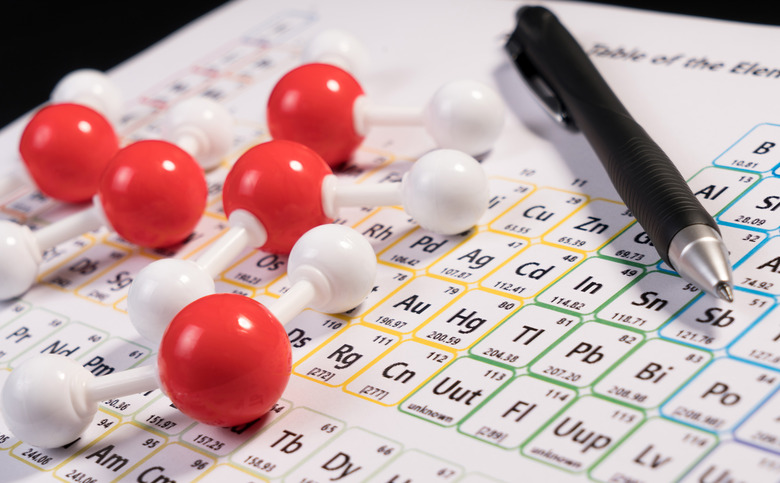What Is A Covalent Bond?
Are you good at sharing with others? Then you may be covalent, as in atomic bonds. There are two types of atomic bonds that can form a molecule or compound linking them together. A covalent bond forms when two or more atoms share the electrons together. An ionic bond forms when one atom donates an electron to another atom in order to stabilize it.
What Is a Covalent Bond in Chemistry?
What Is a Covalent Bond in Chemistry?
Covalent bonds have pairs of electrons that are shared by two atoms to bind them in a fixed orientation. It takes a high energy of 50 to 200 kcal/mol to break a covalent bond. The eletronegativity of atoms is the power of an atom in a molecule to attract other electrons to itself. In a covalent bond, the electronegativity values are the same or very close. If the atoms share an electron equally, the bond is covalent and nonpolar. Most often, an electron is more attracted to one atom than to another. This forms a polar covalent bond.
What Is a Covalent Bond Made up of?
What Is a Covalent Bond Made up of?
In order for a bond to be covalent it must satisfy some properties. The bond must form between two nonmetals with the same or close to the same electronegativities in which the atoms share electrons in the outer orbital. Covalent bonds have low polarity and a definite shape. Both the melting point and the boiling point are at a low temperature, and the bond is in liquid or gas form when it is at room temperature.
What Are Some Examples of Covalent Bonds?
What Are Some Examples of Covalent Bonds?
Some examples of covalent bonds are methane (CH4), hydrochloric acid (HCL), water (H2O) and ammonia (NH3). Hydrochloric acid pulls the electron pair toward the chlorine atom, which has a higher electronegativity to form a covalent bond. Water molecules have two hydrogen atoms that share their single electrons with the oxygen atom, and the oxygen atom shares its two electrons with the hydrogen. This makes water a polar covalent bond because the oxygen has a higher electronegativity.
What Are Some Examples of Ionic Bonds?
What Are Some Examples of Ionic Bonds?
Ionic bonds form between a metal and a nonmetal when the nonmetal attracts the electron; in essence, the metal is donating the electron. Some ionic bonds that you may use in your daily life include table salt (NaCl), sodium fluoride (NaF) used for fluoride toothpaste, iron oxide (Fe2O3), which is rust, and calcium hydroxide Ca(OH)2, which is basic salt in antacid tablets.
Cite This Article
MLA
Lougee, Mary. "What Is A Covalent Bond?" sciencing.com, https://www.sciencing.com/what-is-a-covalent-bond-13712452/. 12 May 2018.
APA
Lougee, Mary. (2018, May 12). What Is A Covalent Bond?. sciencing.com. Retrieved from https://www.sciencing.com/what-is-a-covalent-bond-13712452/
Chicago
Lougee, Mary. What Is A Covalent Bond? last modified March 24, 2022. https://www.sciencing.com/what-is-a-covalent-bond-13712452/
